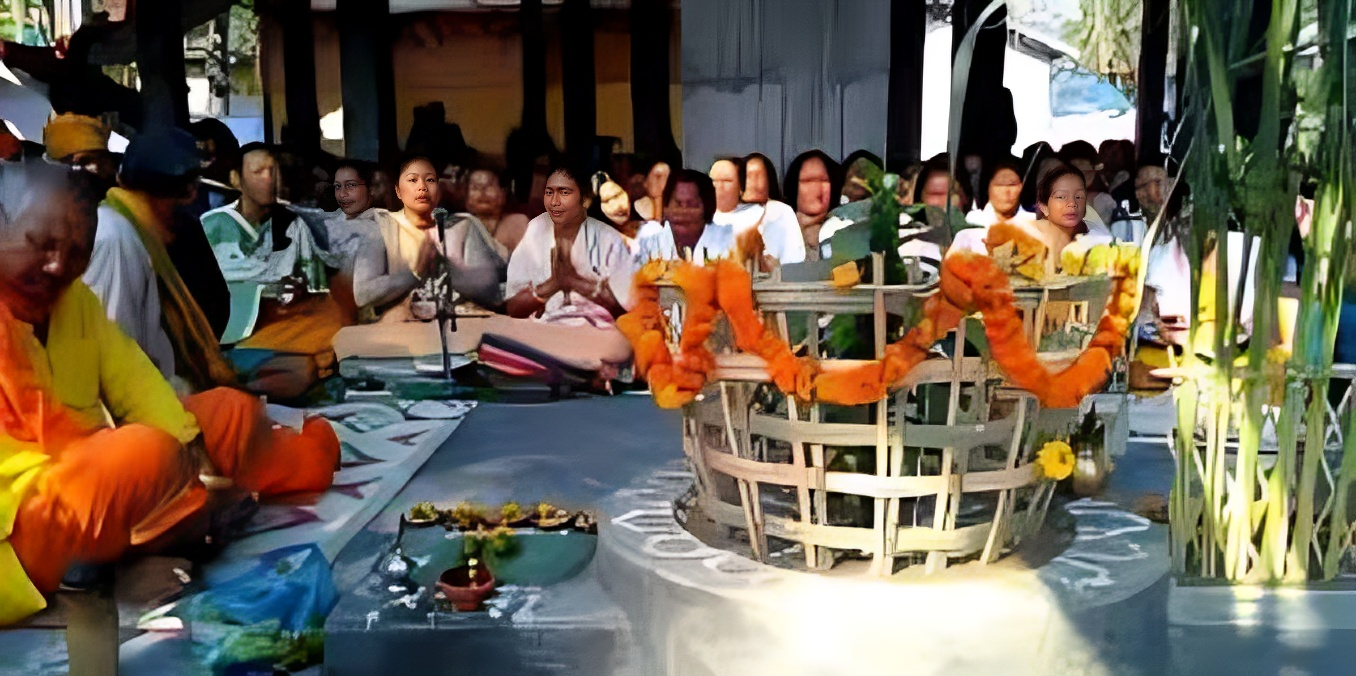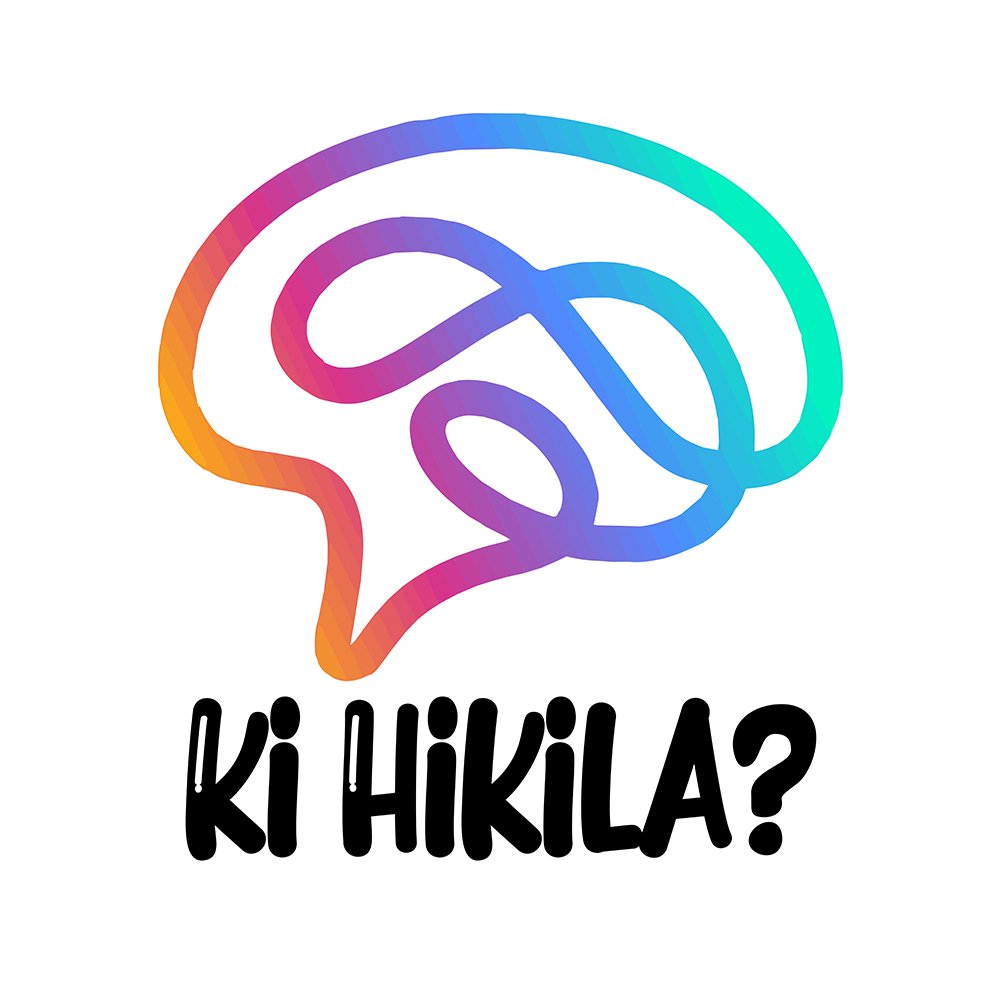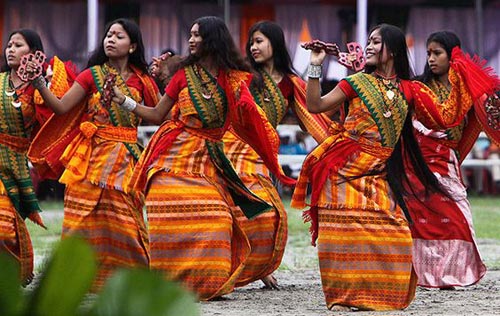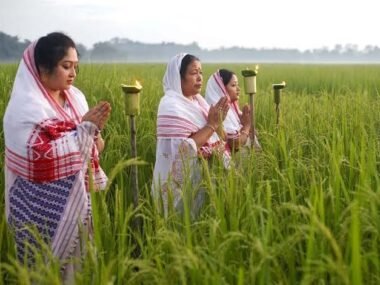Baishagu is a grand and lively festival celebrated by the Bodo community, one of the largest Scheduled Tribes in Assam. It takes place in mid-April, around the same time as Punjab’s Baisakhi and Assam’s Rongali Bihu. The Bodos, belonging to the Indo-Mongoloid family, are believed to have migrated from Tibet and Burma before settling in Assam, primarily in the lower districts like Kokrajhar, Bongaigaon, and Chirang.
A Colorful Spring Celebration
Baishagu is a much-loved spring festival that welcomes the new year with joy and tradition. It kicks off with the worship of cows, similar to the “Goru Bihu” celebrated in other parts of Assam. The second day aligns with the start of the Assamese month “Bohag,” when younger people show respect by bowing to their elders.
Devotion to Bathou (Lord Shiva)

A special part of Baishagu is its devotion to Bathou, the Bodos’ supreme deity, often identified with Lord Shiva. The community offers prayers and rituals, including offerings of chicken and rice beer (zou), to honor Bathou.
The Iconic Bagarumba Dance
One of the highlights of Baishagu is the mesmerizing Bagarumba dance, also known as the “Butterfly Dance.” Young Bodo women dress in traditional attire like dokhnas (draped skirts), chaddars, and jhumras (shawls). With their arms gracefully outstretched, they resemble colorful butterflies in motion. This dance is not only a form of celebration but also a way to honor Bathou, represented symbolically by the Sizu tree.
The dance is accompanied by traditional instruments like:
- Serja: A stringed instrument.
- Sifung: A flute.
- Tharkha: Split bamboo pieces.
- Khum: A long wooden drum covered with goatskin.
The lively chants of “Bagurumba hay Bagurumba” and the rhythmic beats create a festive atmosphere, giving the hardworking village girls a chance to express themselves while celebrating nature’s beauty.
Community Spirit
Another remarkable feature of Baishagu is its inclusivity. Apart from the Bagarumba dance, everyone in the village joins group dances, showcasing unity and joy. The festival concludes with heartfelt community prayers at the garja sali, an open worship area located on the village outskirts, often near grazing fields.
What Makes Baishagu Special?
- Its focus on nature and simplicity.
- The unique Bagarumba dance, symbolizing butterflies and celebrating nature.
- Inclusive celebrations where everyone participates, strengthening community bonds.
- Deep cultural roots tied to Bathou worship.
Baishagu isn’t just a festival; it’s a vibrant expression of the Bodo community’s traditions, unity, and love for nature.
FAQ’s
Q. What is the Baishagu festival, and who celebrates it?
Baishagu is a vibrant spring festival celebrated by the Bodo community in Assam to welcome the new year.
Q. When is Baishagu celebrated?
Baishagu is celebrated in mid-April, coinciding with festivals like Baisakhi in Punjab and Rongali Bihu in Assam.
Q. What makes Baishagu unique compared to other festivals in Assam?
Baishagu is unique for its Bagarumba dance, worship of Bathou (Lord Shiva), and its emphasis on simplicity, nature, and community participation.
Q. Who are the Bodos, and where do they live?
The Bodos are the largest Scheduled Tribe in Assam, primarily residing in districts like Kokrajhar, Chirang, and Bongaigaon.












